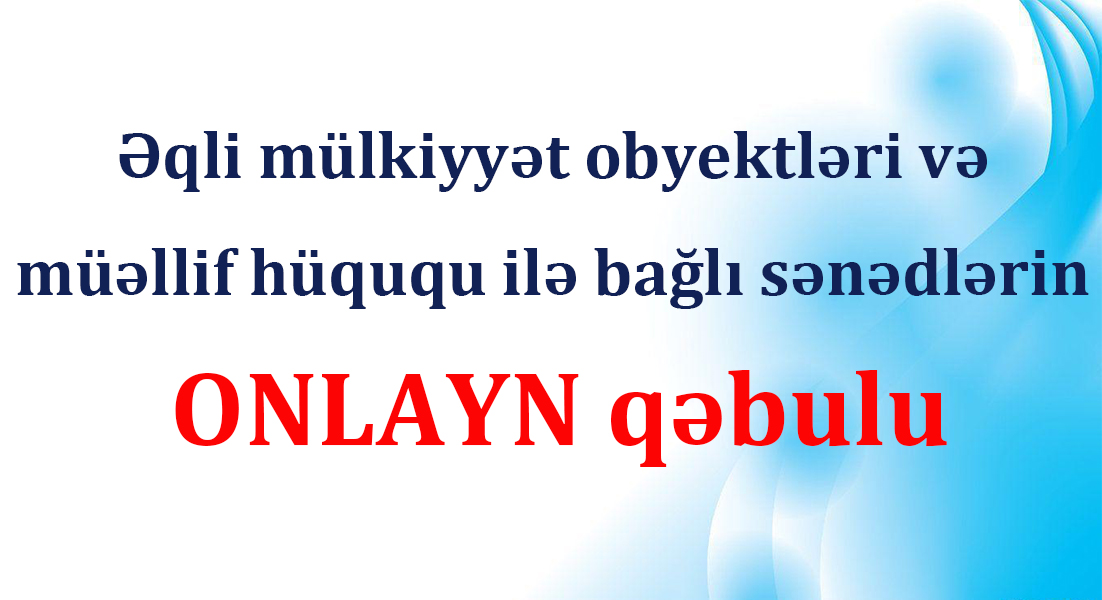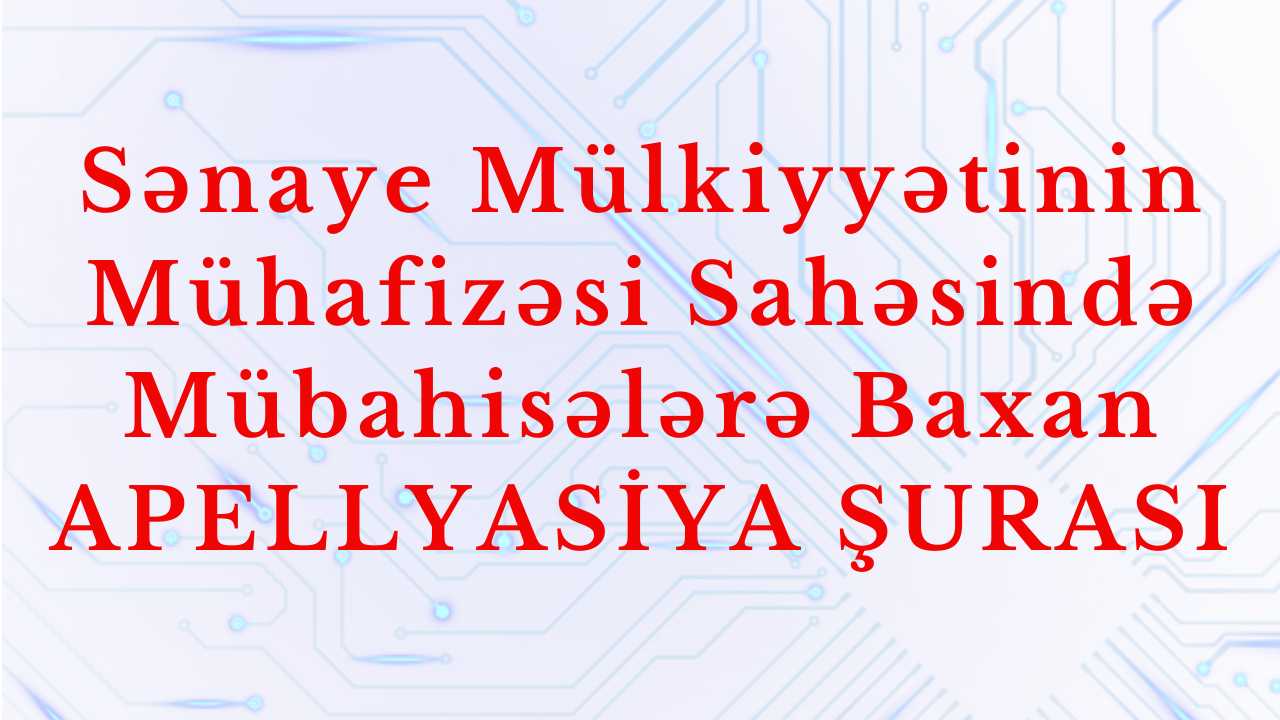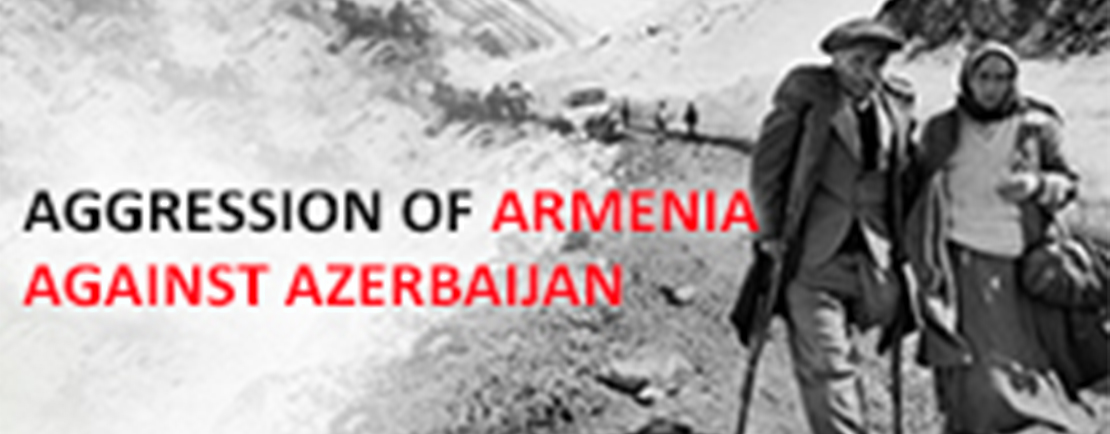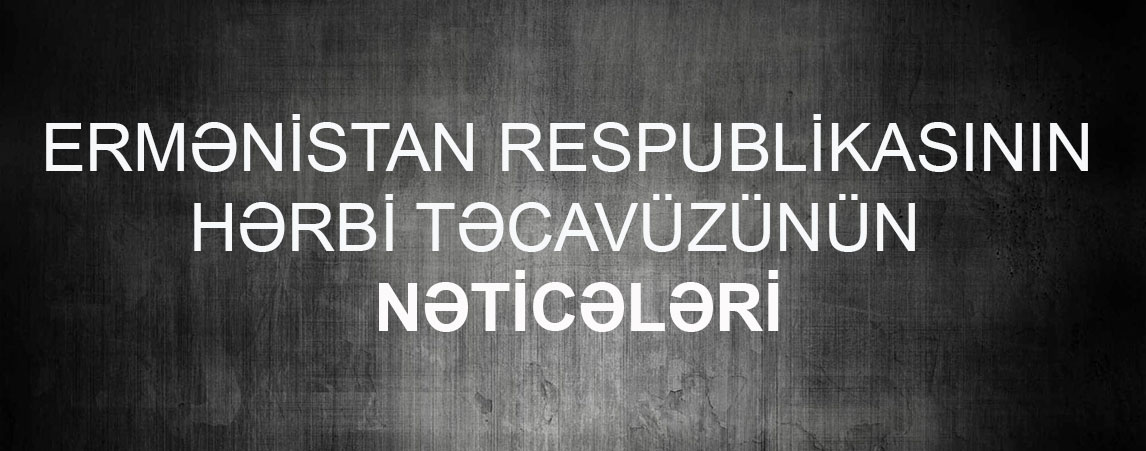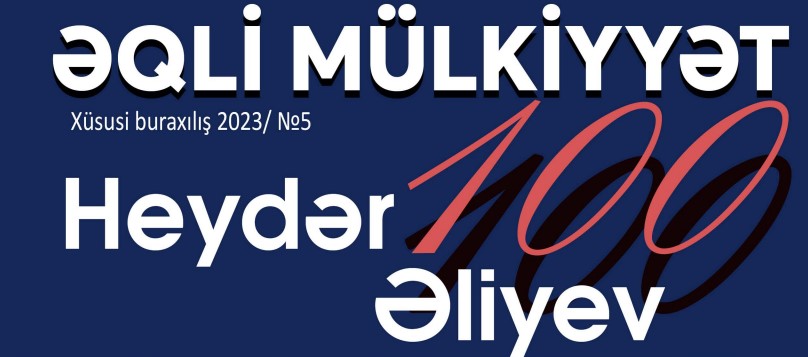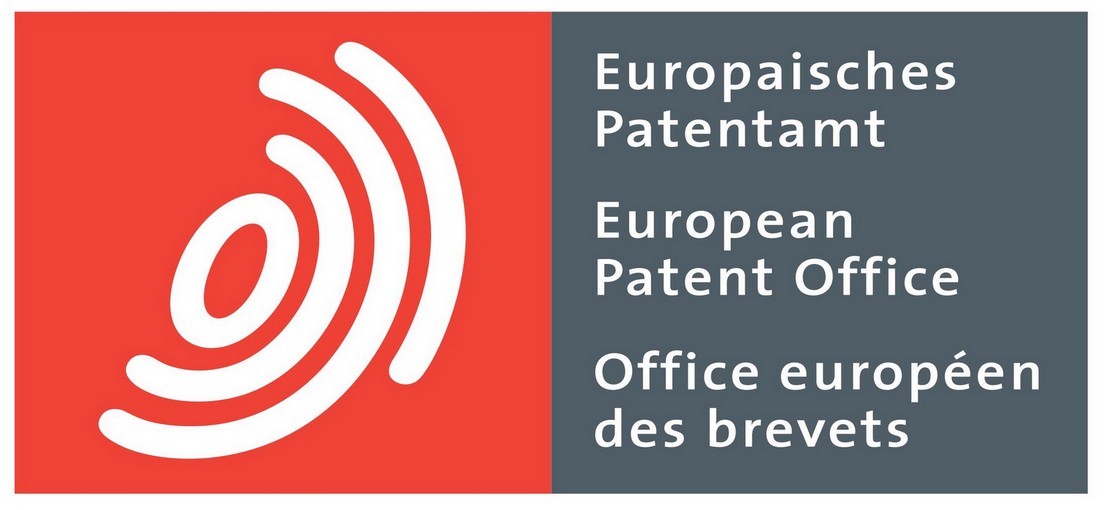Frequently asked questions
What is copyright?
Copyright is the right of the authors and related right holders to their work and related objects, such as writers’ copyright in their novels, painters’ copyright in their paintings, and photographers’ copyright in their photos. In the objective sense, copyright is a set of legal norms governing the creation and use of works and acts as a tool of protection, while in the subjective sense it is the moral (non-property) and property (economic) rights of the creators of works, and these rights are exclusive.
Role of copyright in Intellectual Property system
Intellectual property rights are exclusive rights granted to authors and right holders with the aim of protection of their intellectual activity results. In professional practice, intellectual property is divided into copyright, related rights, traditional cultural expressions - folklore, topologies of integrated circuit, rights to data collections, as well as industrial property rights, which primarily include patents, trademarks and geographical indications. According to Article 30 of Constitution of the Republic of Azerbaijan, “Everyone has the right for intellectual property. Copyright, patent rights and other rights for intellectual property are protected by law”.
Copyright is the right to the richest and most widespread intellectual result of the intellectual property system - the work.
What are the objects protected under copyright?
Copyrighted objects can be - literary works, such as scientific publications, novels, poems, plays, information publications, newspapers and magazines, computer programs, data sets and multimedia products, films and other audiovisual works, works of music and choreography, works of fine art , ie paintings, drawings, photographs and sculptures, architectural works, as well as advertising drawings, geographical maps and drawings, etc.
What is the importance of copyright?
Copyright has a permanent cultural and humanitarian significance, because the benefits and benefits received by society are the main reason for the recognition of these rights. Copyright protection - preservation of cultural heritage, the widespread dissemination of cultural values in society and the emergence of new creative results. At the same time, copyright has great economic potential. In recent years, copyright has been an important tool for economic development and, along with other intellectual property rights, has become a key factor, component and most important intangible asset of the “knowledge-based economy”. The share of copyright-based industry in the world economy is 7.3% (5% annual growth).
What are property (economic) rights of authors?
Alongside moral rights, authors of works protected under copyright have exclusive property (economic) rights. They have the exclusive copyright to use the work or to transfer the right to use the work to other persons under agreed conditions. Author of work has a right to authorize or prevent followings:
direct or indirect reproduction of the work (right of reproduction);
distribution of originals or specimens of works by sale or other transfer of property right (right of distribution);
transfer for commercial rental of original or specimens of work (rental right);
import of specimens of the work for the purpose of distribution including specimens produced on consent of author or owner of exclusive copyright (right of importation);
public display of work (right of public display);
public performance of the work (right of public performance);
public communication of work with a purpose of making available to the public including public communication by broadcasting and cablecasting (right of public communication);
communication to the public of the work by broadcasting including its first and following communications to the public (right of communication to the public by broadcasting);
communication to the public of the work, by cablecasting including first and following communications to the public (by cable, wire or other similar means) (right of communication to the public by cable);
communication to the public of the work for interactive use (right of interactive public communication);
translation of the work (right of translation);
Adaptation, arrangement or other transformation of the work (right of adaptation) etc.
Property rights may be transferred to another natural person or legal entity with the consent of the author.
How does copyright relate to human rights?
The International Covenant on Economic, Social and Cultural Rights (1966), an integral part of the International Bill of Human Rights, recognizes the right of everyone to benefit from the protection of the moral and material interests resulting from any scientific, literary or artistic production of which he is the author. The right to creativity is an inalienable right to freedom that affirms the uniqueness of human beings. Copyright, as one of the most important cultural human rights, protects the free creative results of individuals by protecting its results without interfering with the creative process.
What is the term of protection of copyright?
According to Article 25 of the Law ‘on Copyright and related Rights” of the Republic of Azerbaijan, copyright to a work shall arise as a result of the fact of its being created and shall remain in the force throughout the author's lifetime and for 70 years after his death, except for the cases stipulated in Article 26 of this Law. Such protection periods allow authors and their heirs to reap economic benefits at a reasonable time. Periodic protection of property (economic) rights, which are an integral part of copyright, is the result of the search for a balance between the interests of the author and society, the stimulation of creativity and the balance of society's free access to knowledge and culture.
Within the frame of copyright, it also includes the protection of moral (non-property) rights, such as the right to be recognized as the author of a work, the right to oppose any change in the work that infringes on the honor and dignity of the author, and so on. There is no time limit for the protection of these rights.
What is related rights?
Dissemination of copyrighted works is usually possible through special intermediaries - performers, phonogram producers and broadcasting organizations. These are called related rights of intermediaries, i.e. rights in contact with copyright. In recent years, the field of related rights has begun to develop rapidly. Related rights are formed around copyrighted works and provide similar but often more limited protection in terms of volume and duration. Related rights are granted to followings:
To performers (artists and musicians) in relation to their performances);
To phonogram producers (in relation to their sound recordings (for example on cassettes or CDs));
To broadcasting organizations (in relation to their radio or TV broadcastings).
The main feature of related rights is that they are derived and dependent on copyright, so related rights are recognized by respect for copyright.
How does copyright use the latest technical advances?
n the last decade, the field of copyright and related rights has been developing rapidly as a result of the application of scientific and technical achievements, including satellite communications etc. allowed the development of new methods of creating works with the help of global means of communication, such as new information technologies. Recently, there has been an opportunity to distribute works via the Internet, which has created new problems for copyright. Most IT facilities are protected by copyright, making it necessary to improve copyright as a result of their use. In order to develop new norms of copyright protection in cyberspace, WIPO has adopted “Copyright” and “Performances and Phonograms” Treaties (“WIPO Internet Treaties”). These agreements contain international norms that prevent unauthorized access to and illegal use of creative products on the Internet and other digital networks.
Azerbaijan's national copyright legislation and normative legal framework create conditions for the protection and implementation of rights in the context of "Information Technology - Intellectual Property" (IT-IP).
How is copyright regulated?
Copyright protection does not depend on any formality. The protection of a creative product begins from the moment the work is created. Azerbaijan's national legislation provides for the possibility of official registration of works, as in certain countries. This opportunity is organized by the state in order to protect the interests of authors and right holders and creates favorable conditions for those who register their work. The essence of the mechanism of voluntary registration of copyright and related rights and the need for their development is primarily dictated by the fact that registration creates a very important bridge between the protection and enforcement of rights exercised by the executive and the judiciary.


